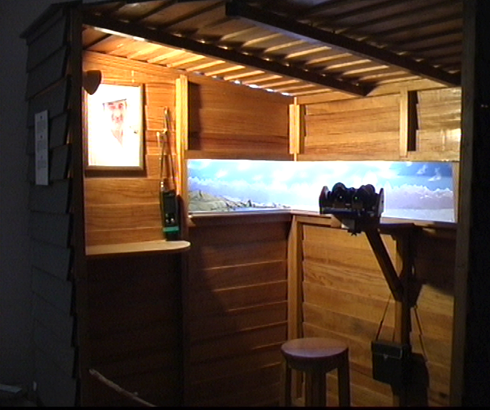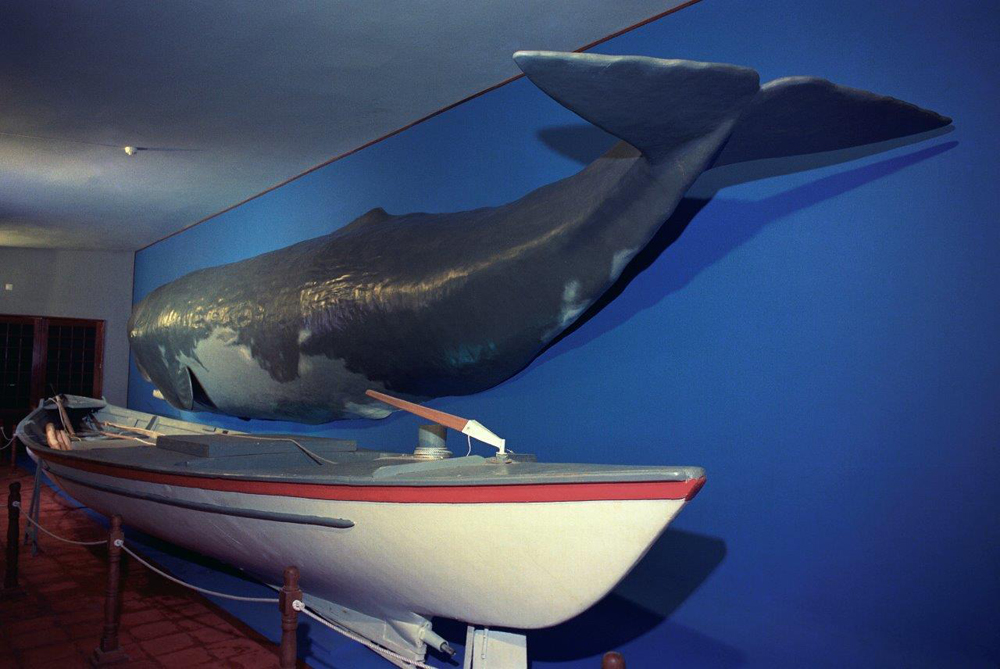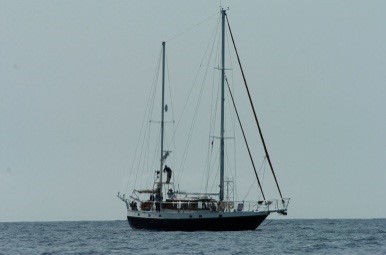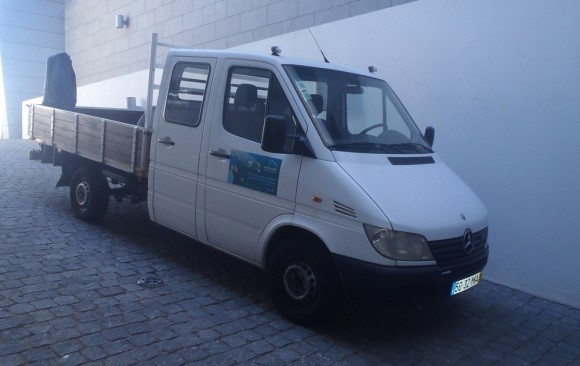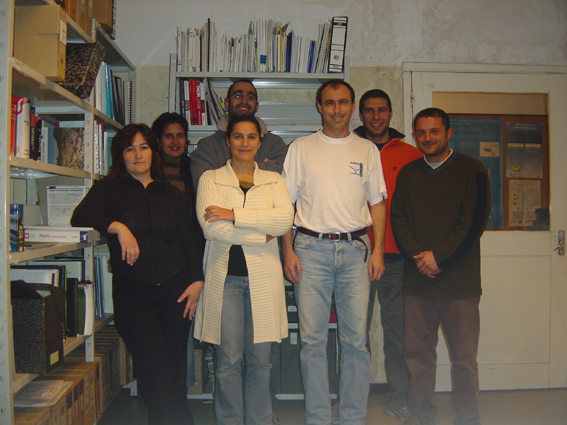The Madeira Whale Museum (MWM) contemplates, at birth, two different functions, apparently contradictory, which reconcile whaling and conservation. Its creation was proposed to the Machico City Council in 1989 by Mr Eleutério Reis a former EBAM manager (Whaling Company of the Madeira Archipelago) who would become the first director of the institution calling for the protection of cetaceans in the waters of the archipelago.
The Whale Museum was formally established on February 26th 1990 by resolution of the Municipality of Machico and is a permanent non-profit institution in the service of the society and its development.
The MWM is currently a department of the Municipality of Machico, located in Caniçal, which chronicles the whaling history, addresses the cetacean diversity and is devoted to the realization of scientific projects and education.
The museum’s history has three main stages:
- 1990 to 2000 – Using the former fish market building in Caniçal;
- 2000 to 2011 – Beginning of scientific research projects;
- From 2011 – New building – new commitment
From 1990 to 2000
The museum opened its doors to the public on May 28th 1990 on the ancient fish market’s premises in Caniçal (Fig.1) with the name of “Museu Municipal da Baleia” (Municipal Whale Museum).
The institution was intended to preserve the memory of whaling that took place in the archipelago for 40 years (1941-1981), with a particular impact on Caniçal.
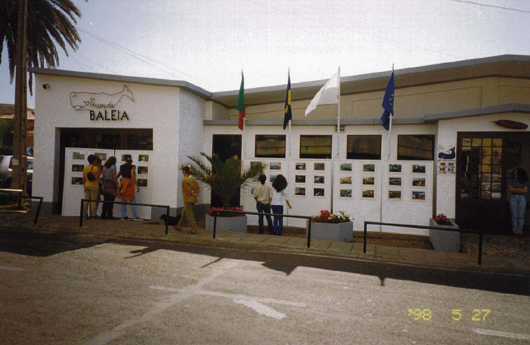
Fig.1– Whale Museum’s former building facade
The permanent exhibition covered an area of approximately 80m2 (Fig. 2) and depicted whaling in the Madeira archipelago and the biology and ecology of sperm whales, the target species for whale hunting.
|
Fig.2 - a) Replica of a lookout post.
|
Fig.2 - b) Original motorized whaling boat built with marine plywood, in a scenario where a semi-model to real scale of a sperm-scale is also found (image courtesy of Manuel Nicolau) |
Mr Eleutério Reis (Fig. 3) was the last manager of EBAM and the main promoter of the Whale Museum. He proposed the creation of the museum to Machico’s Municipality and became the first director of the institution. The institution had several financial support programmes among which the following are the most relevant: IFAW - International Fund for Animal Welfare and the NGO GSM - Gesellschaft zum Schutz der Meeressaugetiere.
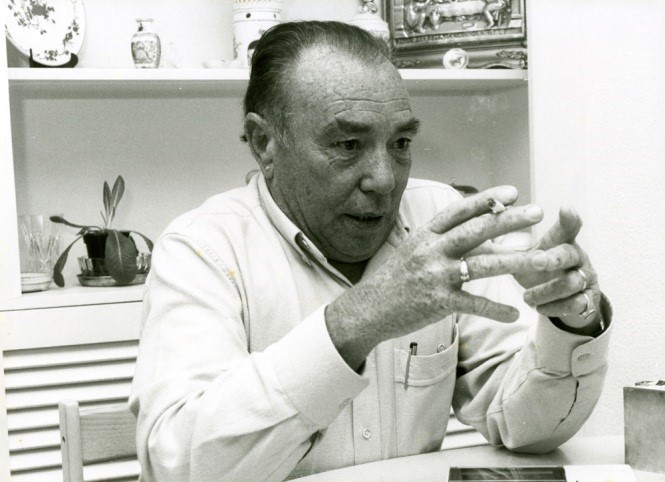 Fig.3- Mr Eleutério Reis was the last manager of EBAM and became the 1st director of the Municipal Whale Museum.
Fig.3- Mr Eleutério Reis was the last manager of EBAM and became the 1st director of the Municipal Whale Museum.
The Whale Museum had several different purposes, namely:
1. Preserving the memory of whaling in the Madeira archipelago, including the remaining assets at the time of the museum’s creation;
2. Developing studies of the biology and natural history of the sperm whale and stranded cetacean on the shores of the Madeira archipelago;
3. Contributing to the conservation of cetaceans in these waters.
In the early years the efforts made by the institution were focused on the promotion and dissemination of the permanent exhibitions of the Whale Museum in order to captivate visitors. On the other hand, whenever it was possible, stranded cetaceans on the shores of Madeira with the aim of obtaining information on the biology of these animals and to get moulds and skeletons for the institution’s permanent exhibition. However, the financial constraints experienced by a recently created institution owned by a municipality with few financial resources hampered the development of the activities of the Whale Museum.
In 1993 the Whaling Museum suffered a great loss with the death of his mentor and first Director, Mr Eleutério Reis, the museum went into self-management until late 1996.
In 1995 the permanent exhibition of the Whale Museum has undergone a renovation, carried out by local and foreign volunteers, one of the main supporters was Dr Petra Deimer, who was the president of the non-Governmental organization "GSM - Gesellschaft zum Schutz der Meeressäugetiere and V", which supported the renovation financially. The Whale Museum has reached a new level in 1996 with the creation of the Madeira Cetacean Stranding Network, known as (RACAM) for the collection of data on stranded animals. In 1998 the Museum was in Expo'98 with the Madeiran whaling boat “Isabelinha Magalhães”.
The Whale Museum has grown over the years, with high number of visitors, despite not having any potential exposure. The evolution of the total number of visitors per year is shown in graphic 1.
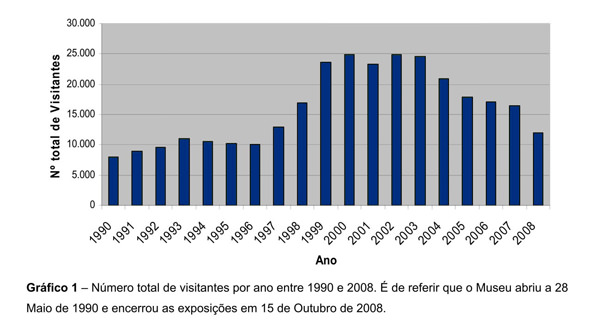
In 1990 the Whale Museum received about 8000 visitors, a number that has remained relatively stable until 1996. Since 1997, the number of visitors has been increasing year by year, reaching maximum values in 2000 and 2002. This fact placed this museum on one of the top spots, in what concerns the most visited museums in the region at that time. It is important to note that 80% of visitors to this museum are foreigners.
Between 1996 and 2000, due to the small number of staff, the Whaling Museum was essentially concerned on maintaining a relationship with the local community, for them to feel this space as theirs. Any local person could visit the Whale Museum anytime within the operating hours and cost. Children were encouraged to visit the museum in order to strengthen the relationship between this institution and the public, contributing to the preservation of cultural memory associated with whaling. The former premises of the Whale Museum remained open until October 15th 2008.
2000 to 2011
The scientific research projects began in 2000, and the science department was located at the Annex of the former Escola Preparatória do Caniçal (Caniçal Primary School) and in 2005, on the premises of the former Social Security and Day Centre in Caniçal.
The development of scientific projects allowed the museum to have the ability to hire and maintain a set of employees in the administrative, logistical and technical- scientific areas over the years. This stability has allowed the institution to take advantage and to potentiate the experience and knowledge acquired by its employees (Fig.4c). Moreover, the previously mentioned research projects led to the acquisition of a set of equipment that would otherwise be very difficult to acquire, particularly a sailing boat, and a research rib, a light commercial vehicle, photographic equipment, laboratory equipment and other scientific equipment (Fig. 4A and 4B). Some of these devices have strategic value, namely the research vessels; they have constituted essential tools for the Museum’s ability to develop new projects and partnerships, including the revenue through the provision of services with the fore mentioned equipment.
|
Fig. 4-a) “Ziphius” research boat |
|
|
|
|
However, the need to give a new impetus to the institution, in particular by providing better conditions for conducting scientific researches, education and dissemination led to the planning of a new building whose suitable infrastructure would be adequate to the new challenges.
From 2011 on
The need to introduce the whale museum to a new museological paradigm led to the building of new facilities, whose several different spaces allowed museology, history, scientific research, education and communication to occur in the same building.
However, the building of new facilities was a process that was developed in three stages, namely:
- 1998 - The project began by raising awareness and support for the future facilities of the Whale Museum, as well its planning. That same year, the Regional Government of Madeira assigned land to the municipality of Machico for this purpose and the first drafts of the building and the architectural programme were made.
- 2000 - The Regional Government Programme included the construction of new facilities for the Madeira Whale Museum.
- 2003 - The building’s architectural design is finished and there were a number of assumptions, namely: the building should respond to current needs (as of 2003); it should meet the future needs given the mission and vision of the institution and growth prospects (within 30 years); it should take accessibility into account by eliminating architectural barriers; should take the functional organization of the institution and functionality of infrastructure into account; it should incorporate several spaces with different functions to generate revenue, and it should incorporate to some extent, the rationalisation of operating costs.
- 2011 - On September 2nd the new museum is inaugurated, its dynamization and operation must be based on the following premises - planning, well defined objectives and embracing a medium and long term perspective, reflected in the museum’s vision. The structure of the new building reflects and integrates the museum’s new dimension, where museology, education, research and communication complement each other allowing the visitor a memorable experience.
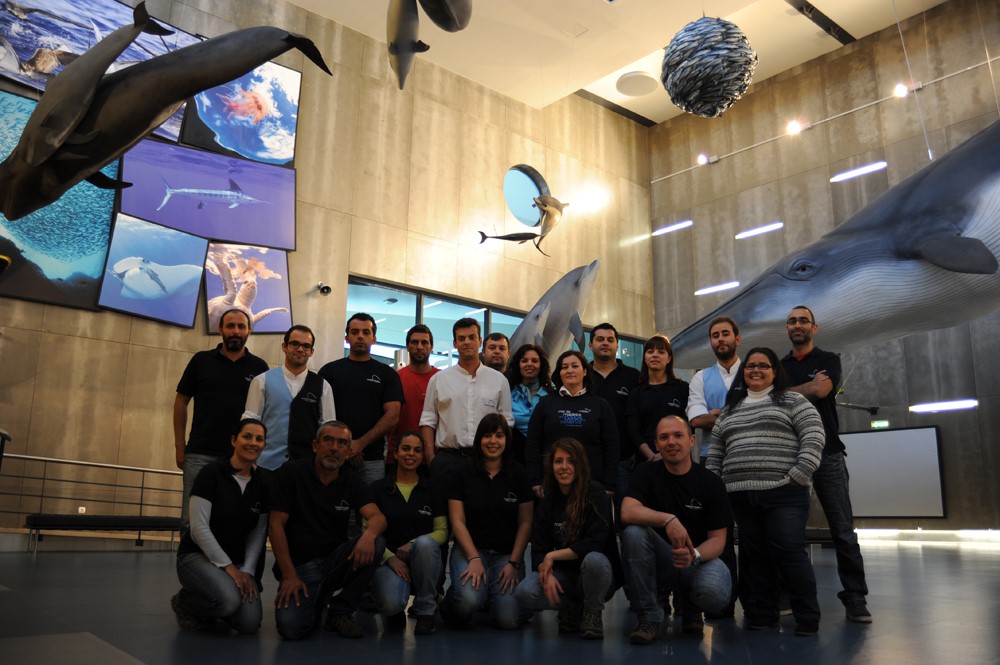
Fig. 5) Madeira Whale Museum’s staff
































